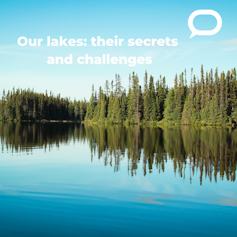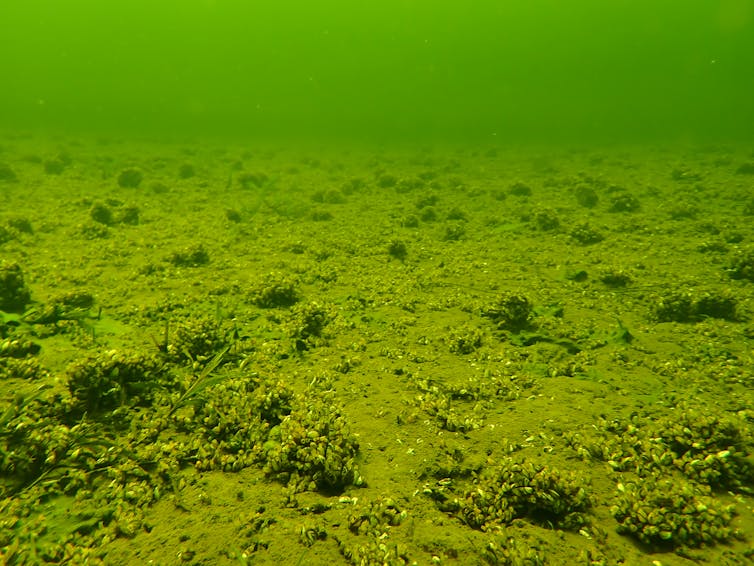New research reveals how 'home' affects psychological well-being in a mobile world

A new study by Zahra Sharifonnasabi, Senior Lecturer in Marketing and Co-Director of the MINDS Research Group at Queen Mary University of London, sheds light on the link between "home" and psychological well-being for people who frequently move across countries. The work is published in the Journal of Consumer Psychology.
The study, "Home and Psychological Well-being in Global Consumer Mobility," explores how individuals who travel or relocate often—like expatriates, digital nomads, or frequent international travelers—create and experience different types of "home." These findings offer important insights into how this impacts their mental well-being, sense of ownership, and identity.
Global consumer mobility refers to a lifestyle where individuals frequently move across borders for work, study, or personal reasons. This group often faces unique challenges, such as adjusting to new cultures and living environments, which can affect how they feel about "home" and their psychological well-being.
Different types of home
The study identified four main types of home, each with its own psychological benefits. These challenge the traditional idea of home as just one place:
- Emotional Home: A place that provides a deep sense of belonging and stability.
- Home Away from Home: Temporary comfort through familiar rituals and routines.
- Base of Operation: A location that supports work productivity and provides professional stability.
- Home on the Road: A flexible, temporary setup that offers a sense of groundedness while traveling.
These types of home reflect the fragmented and ever-changing nature of home in the lives of globally mobile individuals.
How people cope with global mobility
The study also looked at how people manage the challenges of constantly moving. Many rely on resources in the marketplace—like services, brands, or even local businesses—to help make different places feel like home. These "commercial friendships" and familiar consumption habits play a crucial role in easing the mental strain of mobility.
One study participant, Adam, a consultant, shared his experience: "I have a flat in London, which is my primary home. I spend about 60-70% of my time there. In Berlin, we have a house built in 1966 where my wife lives, and that's my emotional home, where I want to retire. Dubai, where I work part-time, is just a place to get the job done. It can be challenging… It's an isolated life in London or Dubai, as everyone is so focused on work. I've tried to connect more, like having coffee with a colleague or joining a choir. It helps."
What HR professionals can learn
This research offers valuable takeaways for HR professionals managing internationally mobile employees:
- Understanding Needs: Recognizing the different types of homes and their benefits can help HR understand the diverse needs of globally mobile workers.
- Support Systems: Providing resources that help employees manage multiple homes and offering access to local services can improve well-being.
- Flexible Work Policies: Offering remote work or short-term assignments that fit employees' mobile lifestyles can boost productivity and satisfaction.
- Cultural Sensitivity: Promoting an inclusive environment where cultural differences are valued can help internationally mobile employees feel more at home.
- Mental Health Support: Offering mental health resources tailored to the unique challenges of global mobility can help employees maintain well-being.
Zahra Sharifonnasabi explains, "Our study challenges the traditional idea of home. It shows that home is more complex and multifaceted, especially for people who move frequently. These insights are crucial for understanding their well-being and helping HR professionals manage a mobile workforce."
The study redefines what "home" means in today's world of constant mobility and offers practical ways to help people cope with the challenges it brings.
More information: Zahra Sharifonnasabi et al, Home and psychological well‐being in global consumer mobility, Journal of Consumer Psychology (2024). DOI: 10.1002/jcpy.1440














